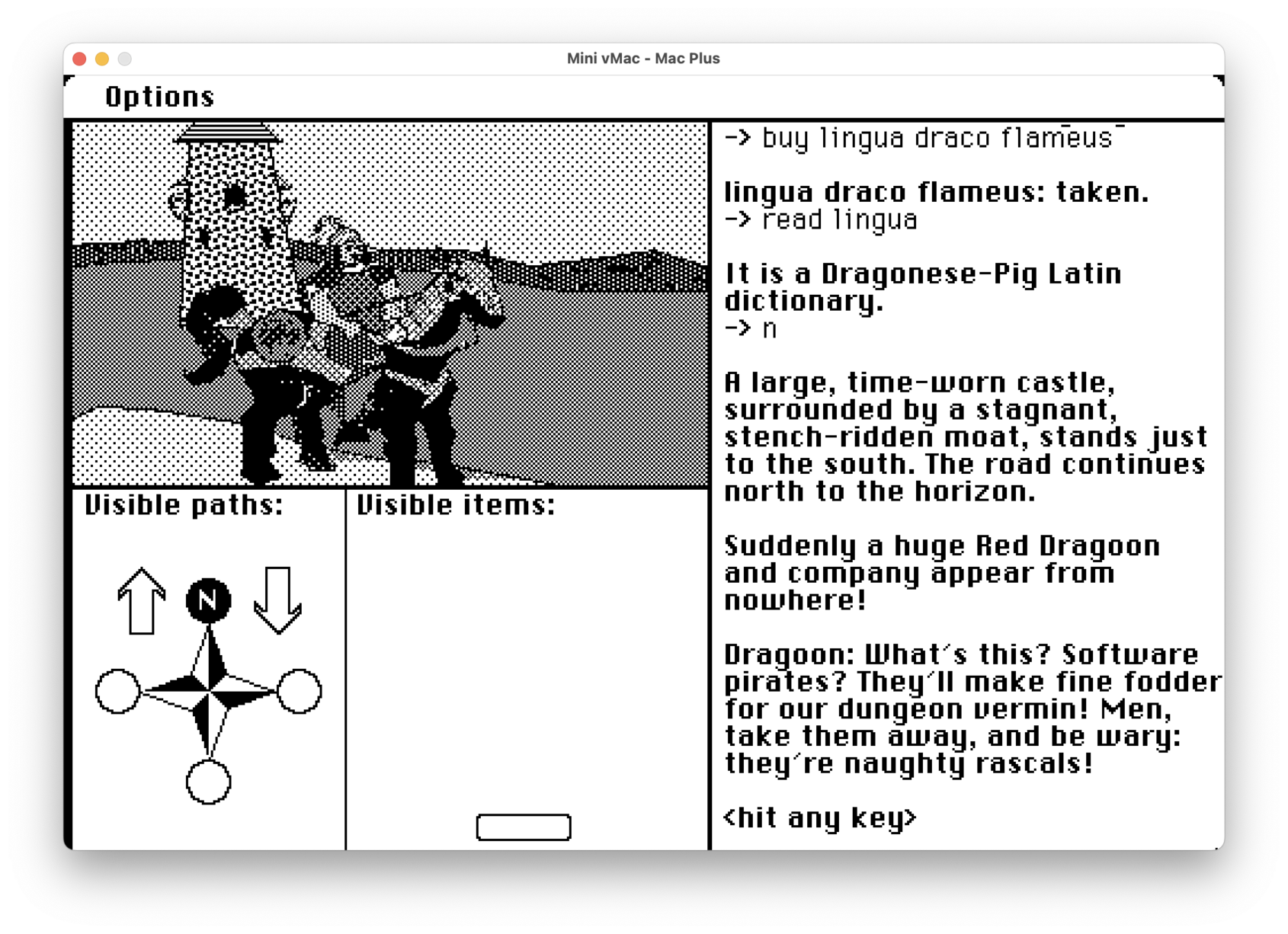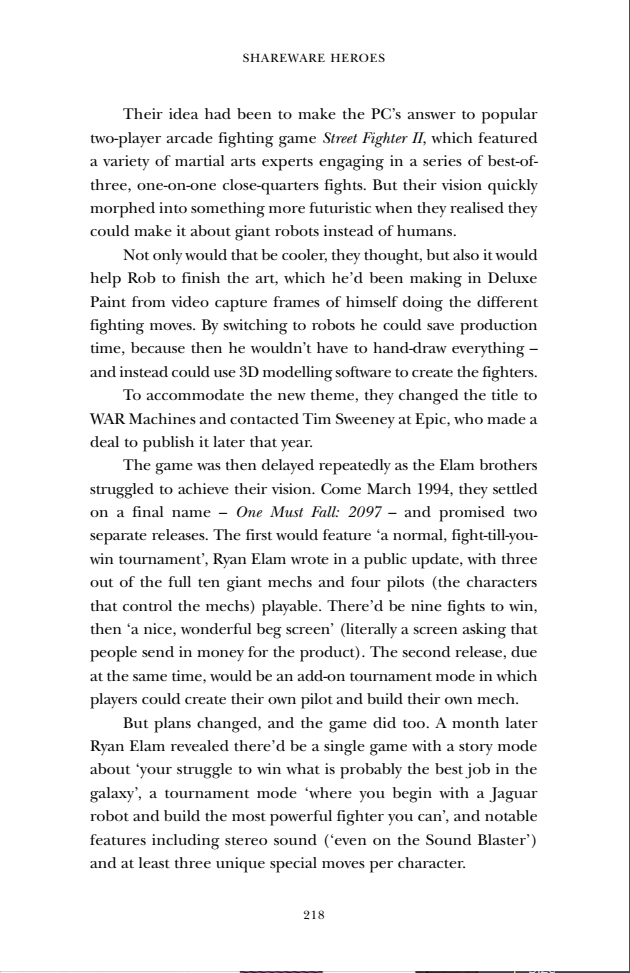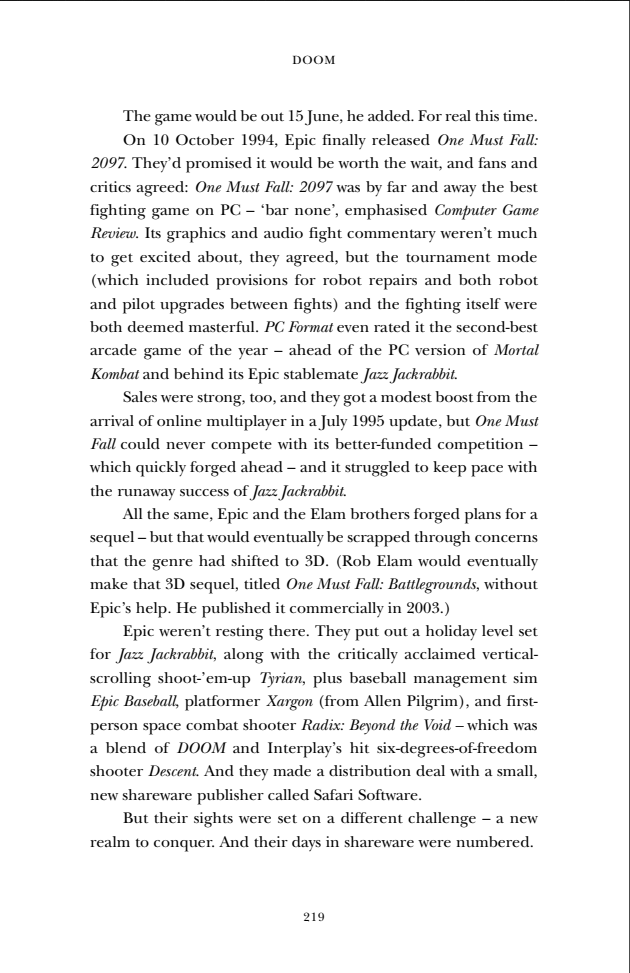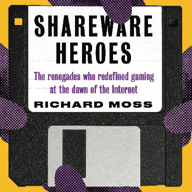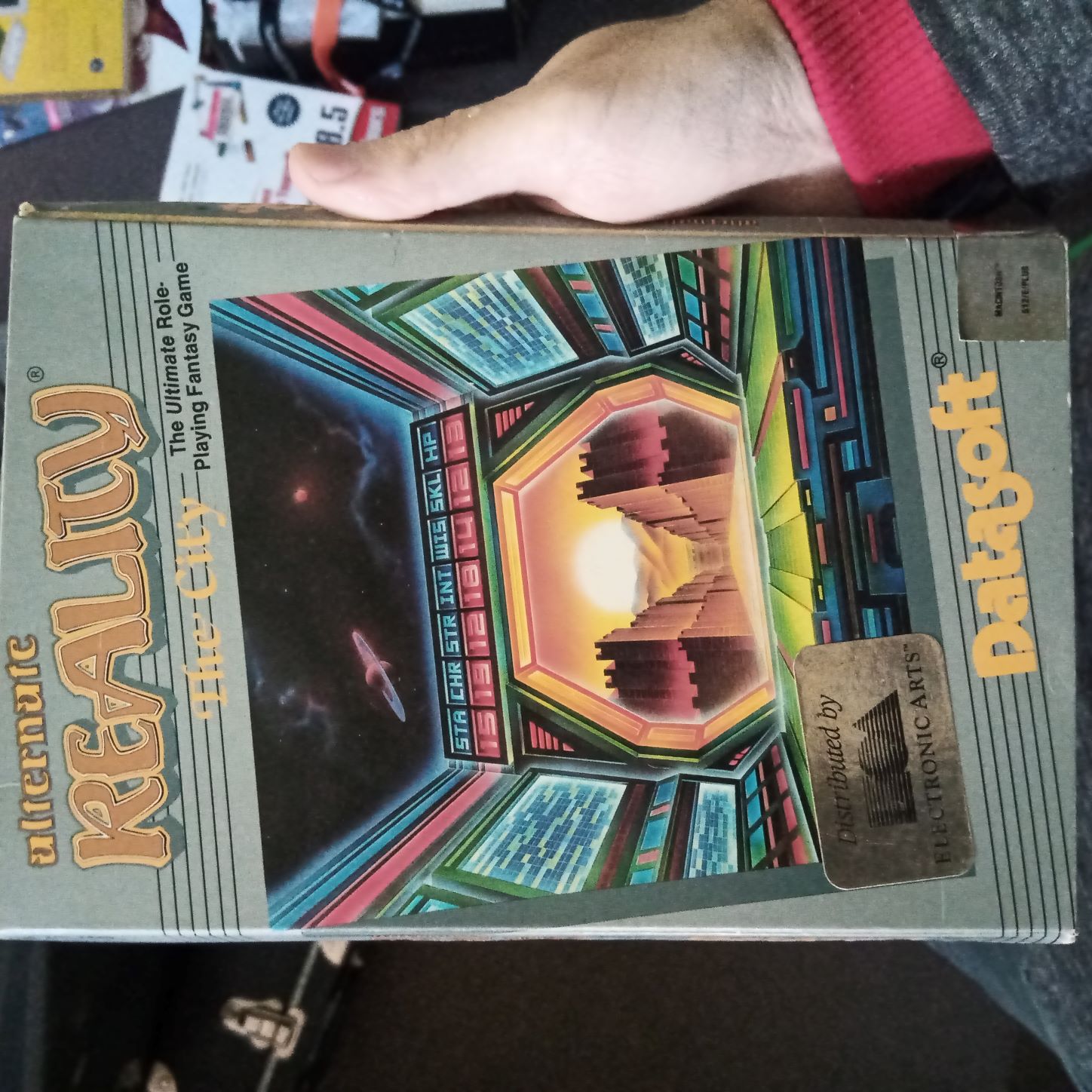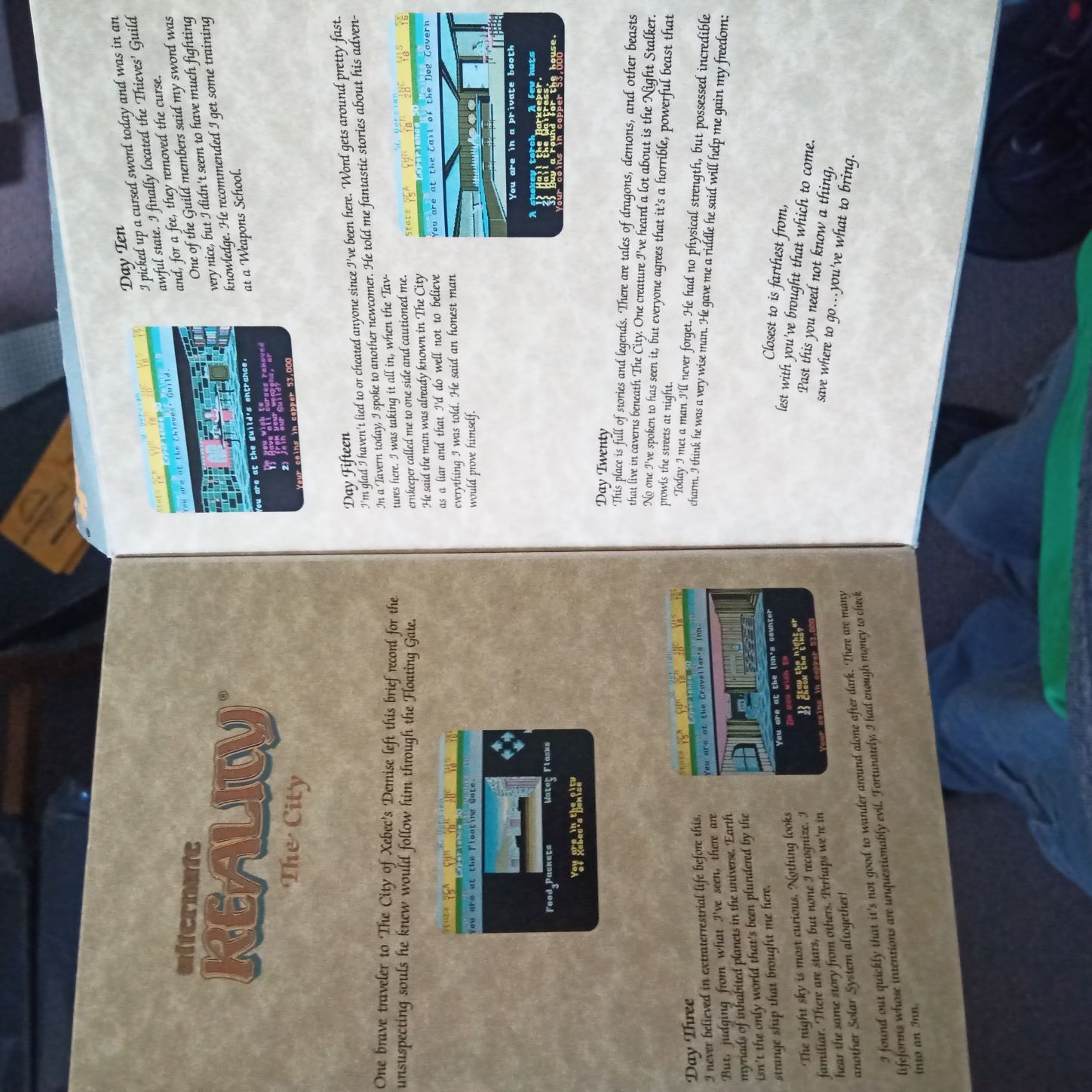Quick #introduction: I research and write about forgotten geek history, with a focus on playable female protagonists aka #VideoDames.
I created the greatest #Metroid video on Youtube:
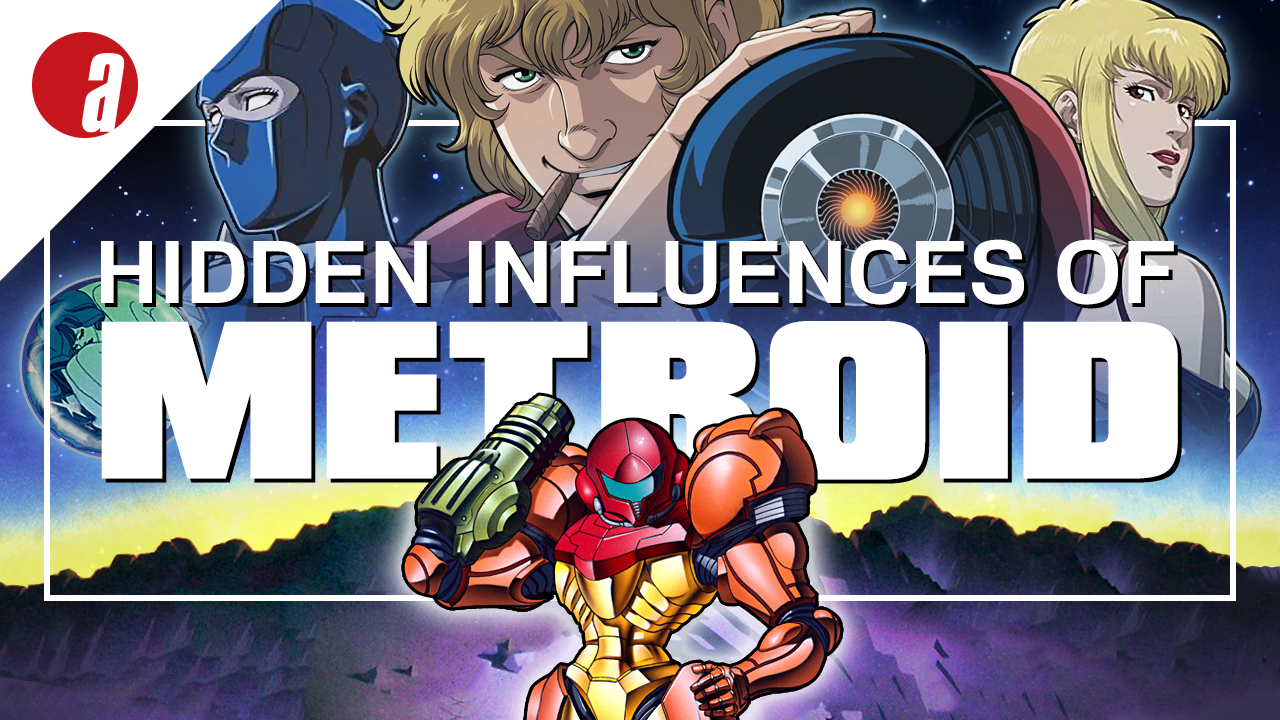
Anyway, what I love here is how the icon takes the design language of the Mac's own UI — that a hand with a pen or brush indicates an app used for creativity — and extends it to a third-party application meant for making media-rich Mac games. And the fact that it looks like the hand is marking out the world just perfectly fits both the name and the function of the software — the World Builder is used to build virtual worlds. I think it's a neat collision of ideas. #macicons
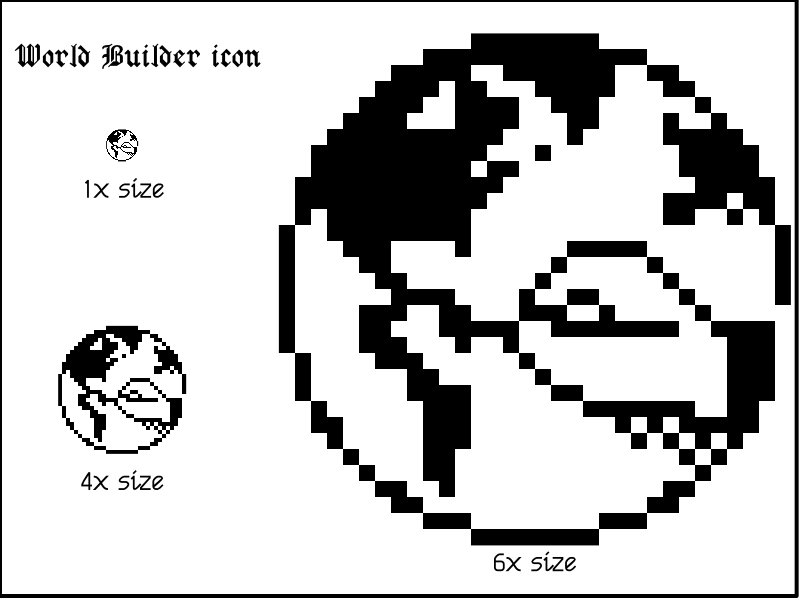
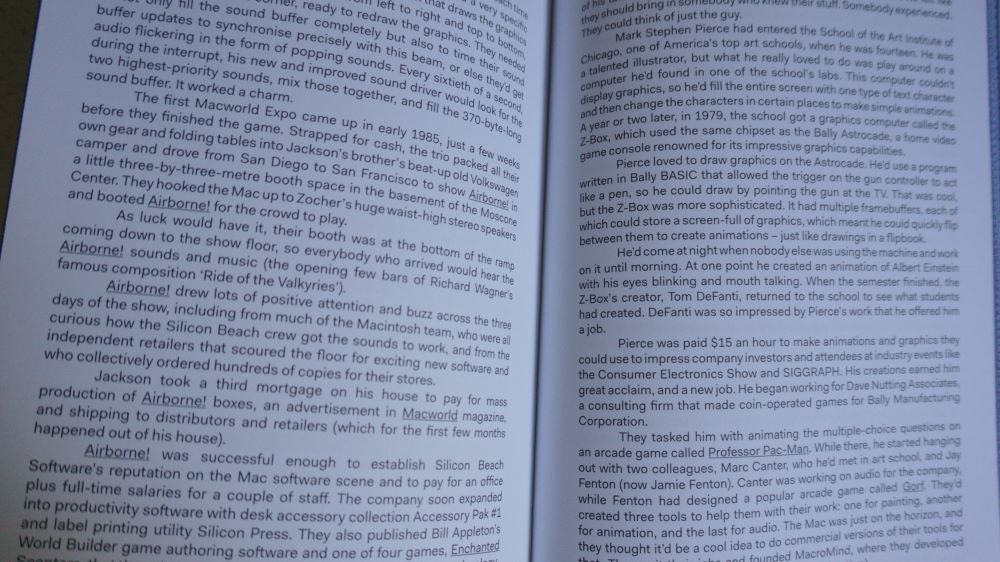
Glider was often called the quintessential Mac game, and for good reason — it hard charm, whimsy, quirkiness, and a friendly, open sense of discoverability about it. And creator John Calhoun managed to squeeze it down to 32 pixels by taking his paper plane sprite, a heating vent (used in the game to provide lift, so that the plane can return to the top of the screen for a fresh descent), and some dots to visualise the air currents — everything you need to know about how the game works. Plus it looks fantastic.
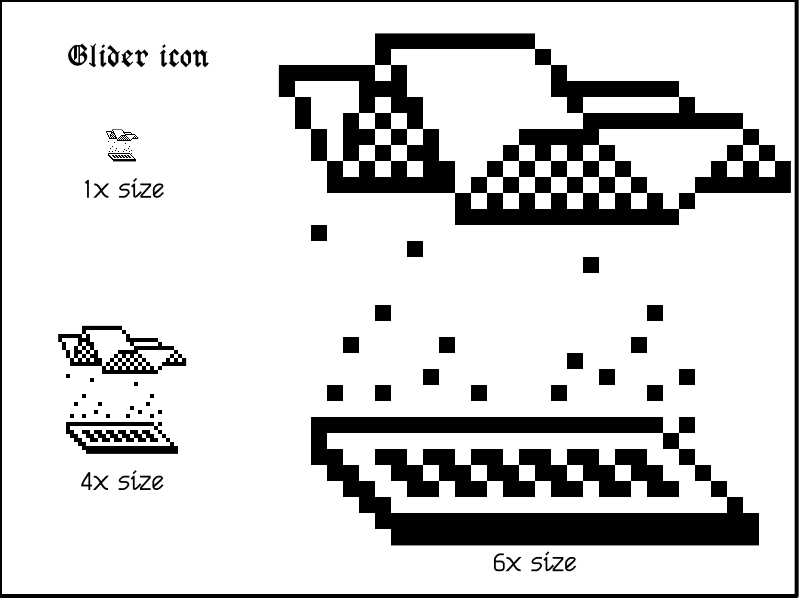
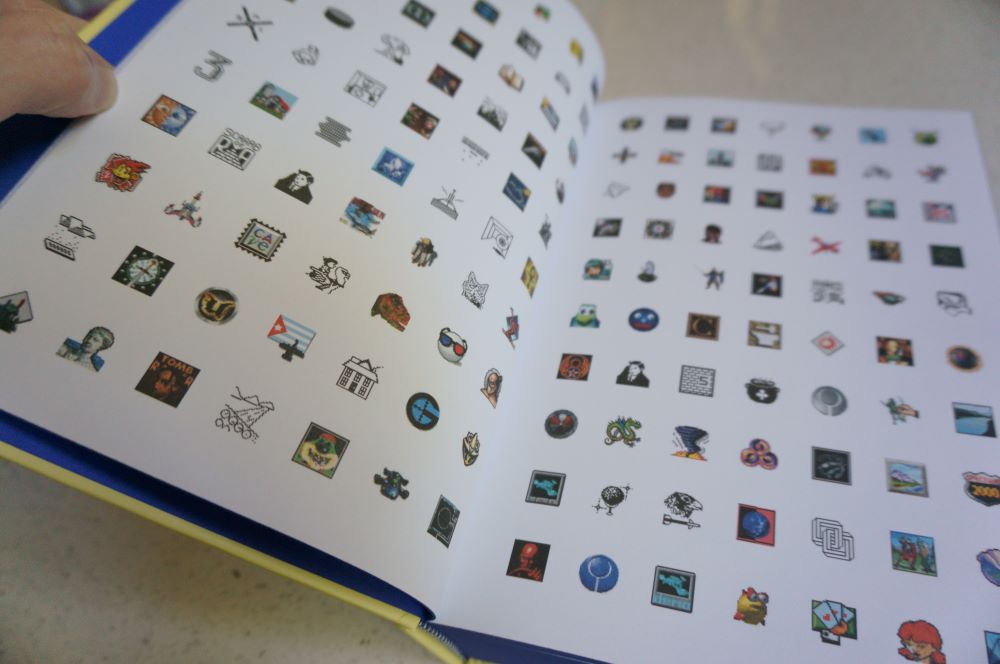


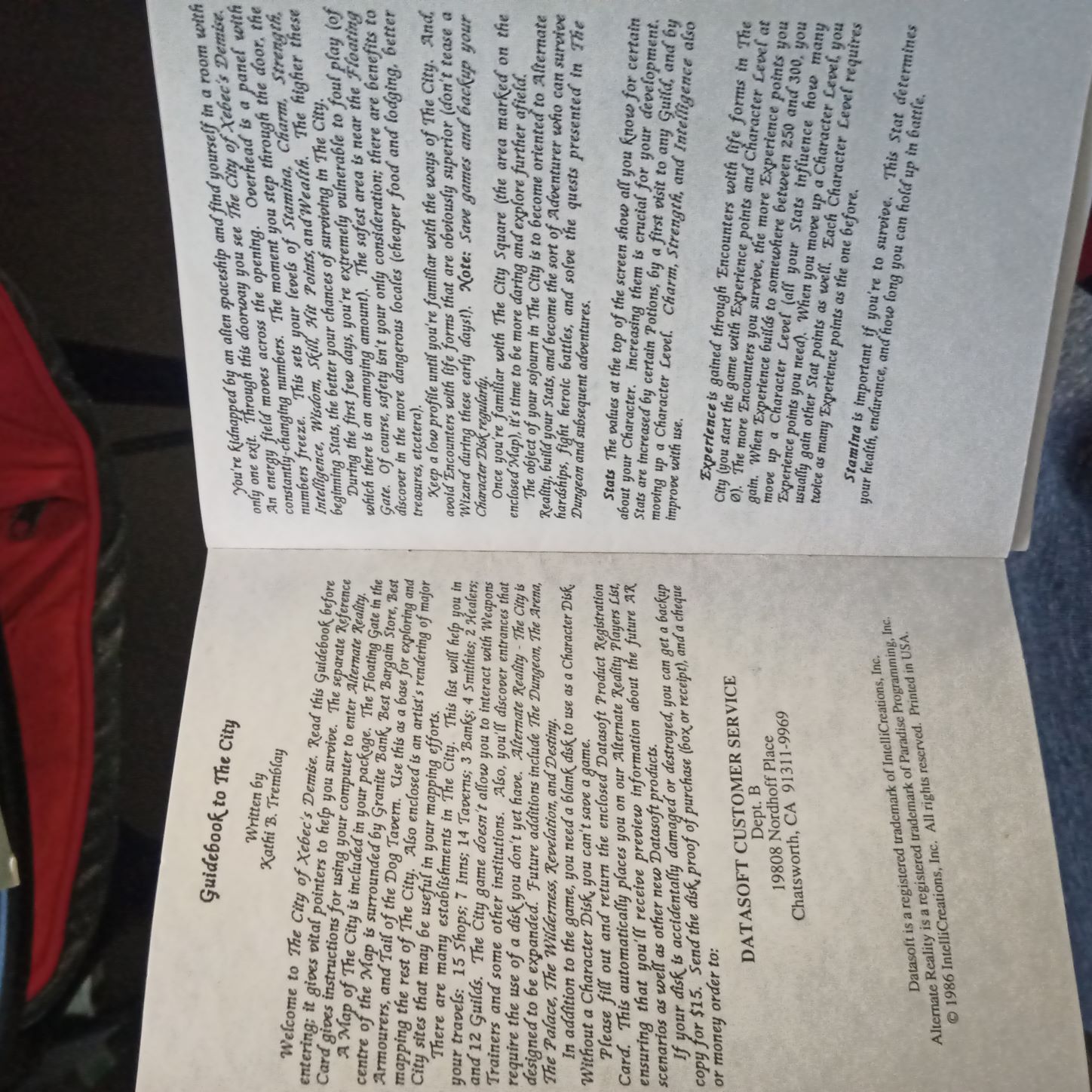
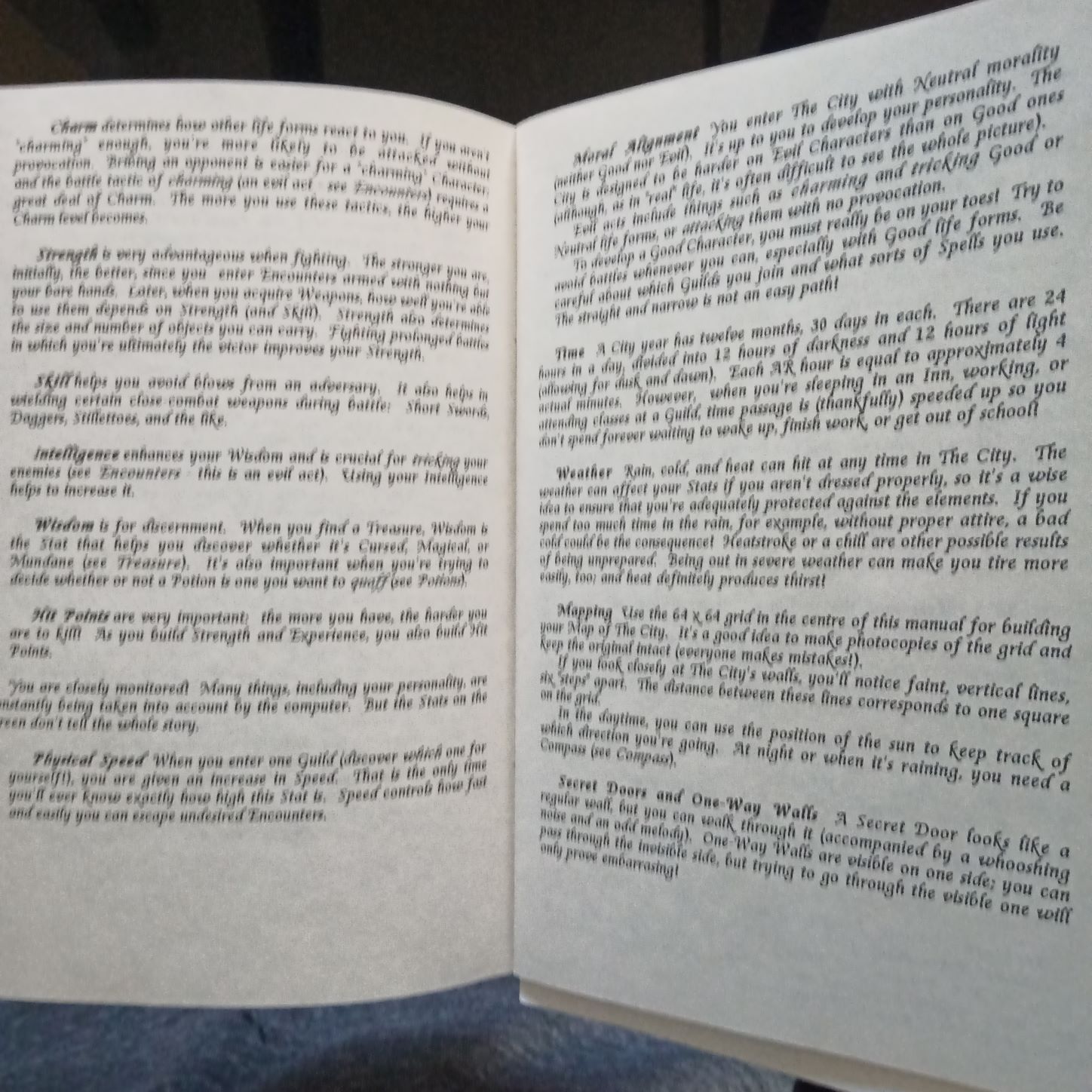
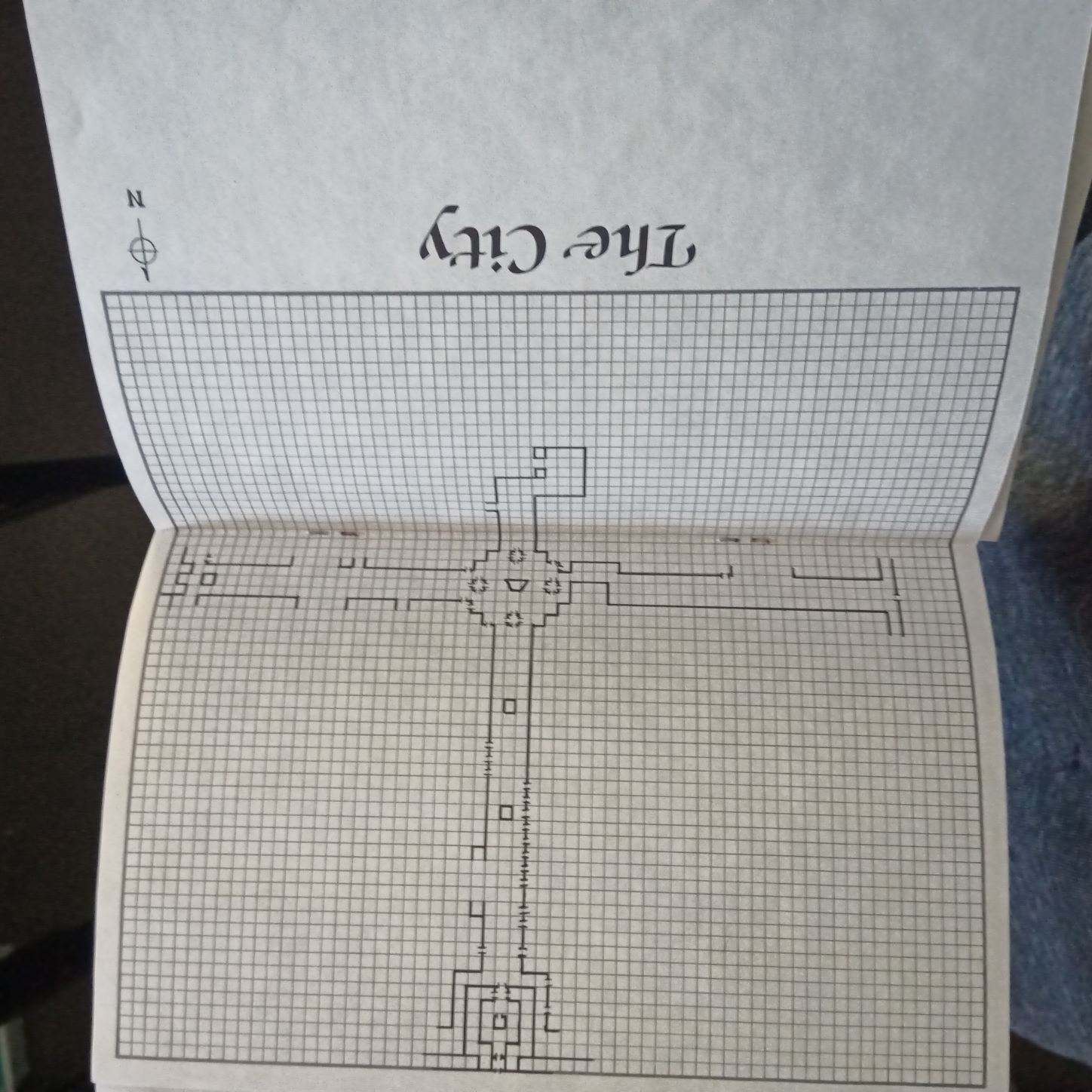
If you play The Quest from an unauthorized copy, it lets you play for long enough to read the introduction and go buy stuff from the shop. Then on the way out of the shop, a huge Red Dragoon and company appear from nowhere complaining about software pirates, drag you away to the dungeon, and the machine reboots.
